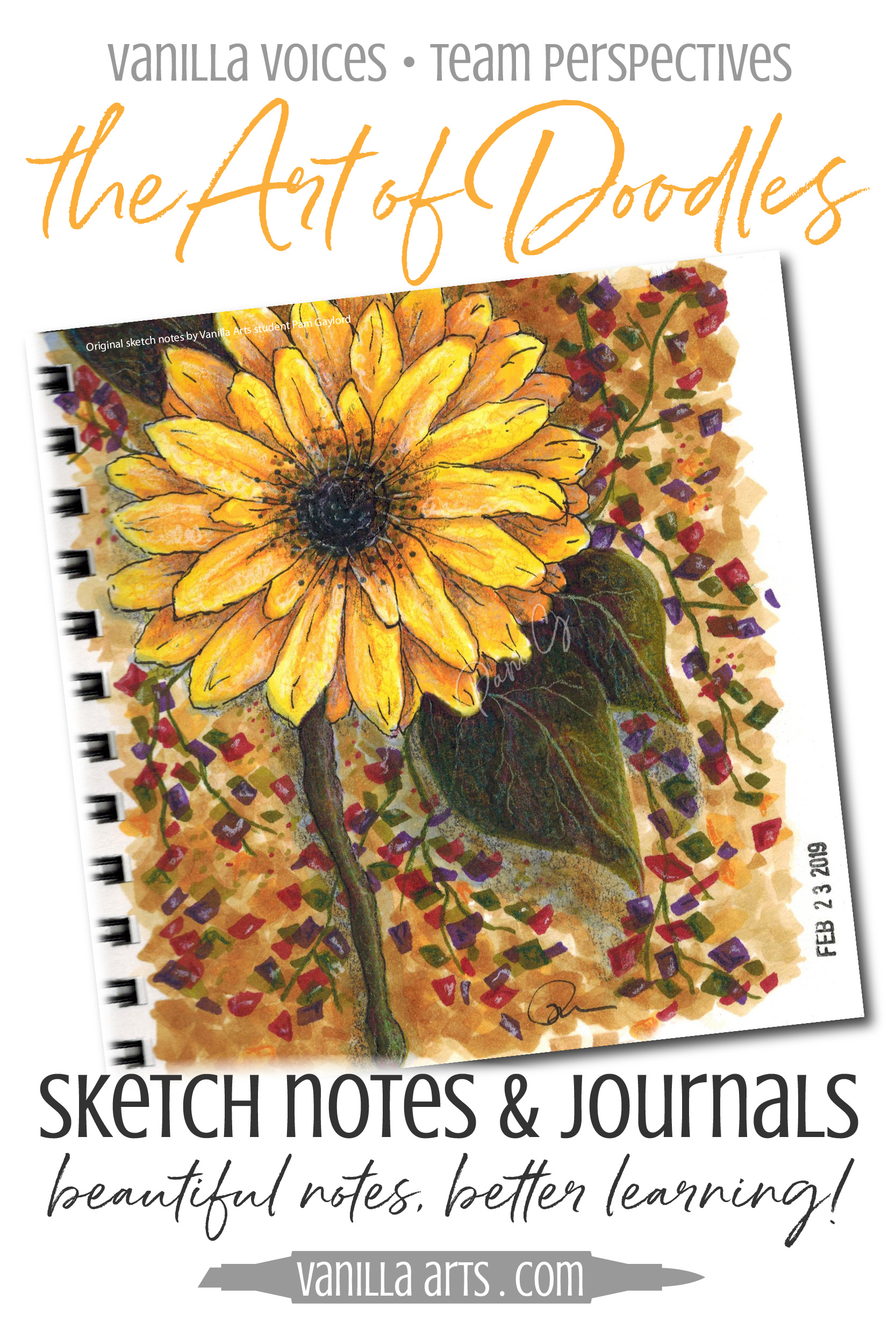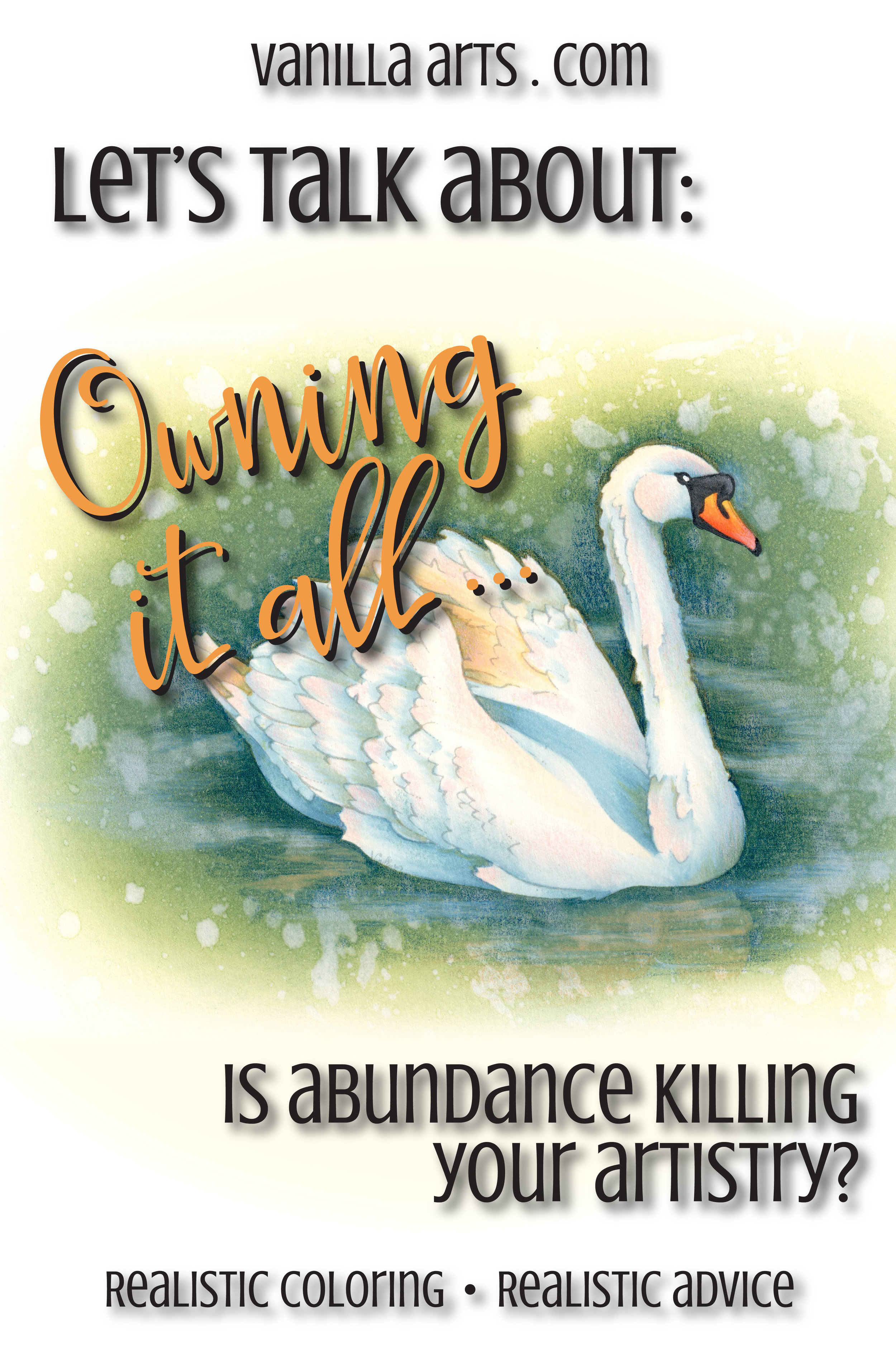
Sketch Journals: Improve your Copic Marker Coloring by taking beautiful class notes
Confession time!
Do you dream of making cool art journals and sketchbooks with ink pens, Copic Markers, colored pencils, or whatever medium sparks your creative neurons today? Yep. Me too. Because sketching and journaling are so darned important, I’m bringing in an expert…


